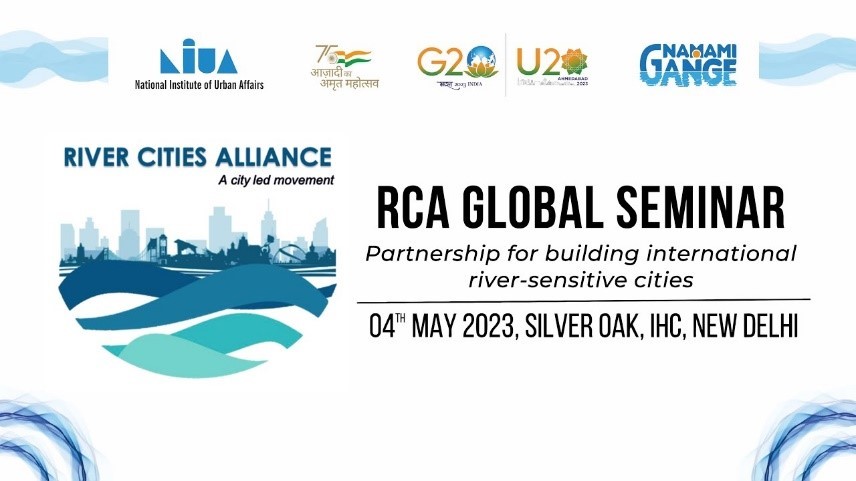





Disclaimer: Copyright infringement not intended.
Context
About River City Alliance (RCA)
Objective
Significance
Suggestions
Related Initiatives
|
PRACTICE QUESTION Consider the following statements about River Cities Alliance:
How many of the statements given above are correct? A) Only one B) Only two C) All three D) None Answer: B |







© 2025 iasgyan. All right reserved